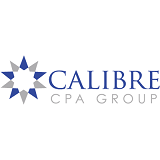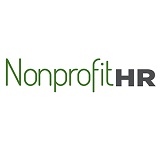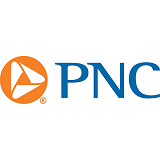
The FAR 5 Tips Corner – 5 Tips for Nonprofit 990 Preparation
By Lila Leno, CPA, MBA, Partner, Calibre CPA Group
The filing of 990 Form is not just a requirement. The Form 990 is the face of nonprofit entity. Reading a nonprofit IRS 990 published, donors, members of the public will see an accountable, transparent, and trustworthy organization that is making a positive impact with their mission.
There are many reasons why the entire board of directors should review the organization’s draft IRS Form 990 before it is filed. The most important reason is to ensure its accuracy.
Unrelated business income tax (UBIT)
Unrelated business income (UBI) is any income a nonprofit generates from an ongoing activity where the activity is not directly related to the organization’s exempt purpose (for example revenue from space rental, parking fees, merchandise sales, advertising). The IRS has issued comprehensive regulations interpreting when UBIT applies. When UBI can trigger an audit: There are two areas: (i) having UBI greater than $1,000 on the Form 990 without filing Form 990-T, and (ii)UBI activity should not represent a big part of nonprofit’s revenue. Letting UBI above 20% of the organization’s overall revenue or have too many expenses allocated to the activity.
Diversion of assets
The Form 990 asks a question whether there has been any “diversion” of assets during the year. The nonprofit needs to provide a detailed explanation of the event and its resolution if the answer is “yes”. If nonprofit fails to attach an explanation, the audit exposure increases.
Foreign grant activityNonprofit are permitted to operate outside the United States. They need to answer questions on Form 990 relating to foreign bank accounts, activities in foreign countries, and foreign organization grant-making. Inconsistencies or answers to questions that may indicate a lack of US control, is a big audit trigger.
Fundraising activities
Nonprofit reports its income from fundraising activities as well as expenses, on Schedule G of Form 990. The income and expenses on this form should be consistent. Maintenance of records detailing the activity by event during the year can save time after year-end and have more accurate information.
Lobbying
The IRS defines lobbying as attempts to influence public opinion (grass roots lobbying) or attempts to influence legislation (direct lobbying). If nonprofit organization does either, make sure Schedule C is completed. Unless lobbying is part of nonprofit mission, the amount expended on lobbying should be less than 5% of total expenditures. If not, nonprofit may have to pay a penalty.






























